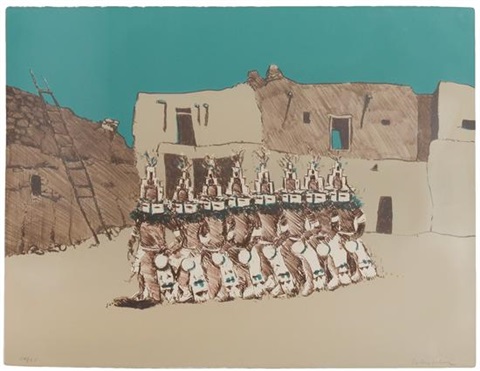Pueblo Kachina Dancers
Westerners tend to be individualistic. In one of Tony Hillerman’s novels, the Navajo Jim Chee is talking to a new Anglo girlfriend. She asks him to tell her about himself. He describes his clan and family relationships. She replies, no tell me about yourself. He replies, I just have.
From The Conversation
Individuals in the western world are indeed more likely to view themselves as free, autonomous and unique individuals, possessing a set of fixed characteristics. But in many other parts of the world, people describe themselves primarily as a part of different social relationships and strongly connected with others. This is more prevalent in Asia, Africa and Latin America. These differences are pervasive, and have been linked to differences in social relationships, motivation and upbringing.
This difference in self-construal has even been demonstrated at the brain level. In a brain-scanning study (fMRI), Chinese and American participants were shown different adjectives and were asked how well these traits represented themselves. They were also asked to think about how well they represented their mother (the mothers were not in the study), while being scanned.
In American participants, there was a clear difference in brain responses between thinking about the self and the mother in the “medial prefrontal cortex”, which is a region of the brain typically associated with self presentations. However, in Chinese participants there was little or no difference between self and mother, suggesting that the self-presentation shared a large overlap with the presentation of the close relative.
Russians, from what I have read, tend to think of themselves more as a member of a group than an autonomous individual, which in part explain their different approach to politics and perhaps their support of Putin.
